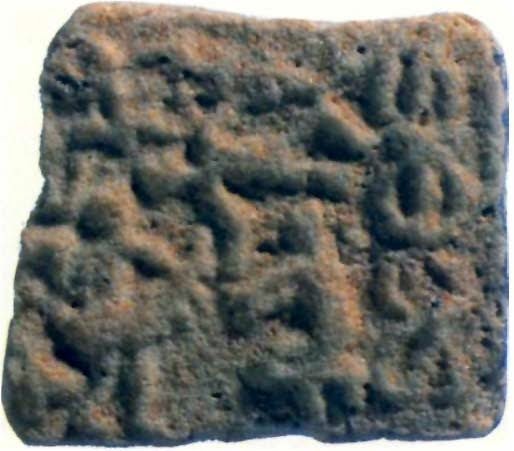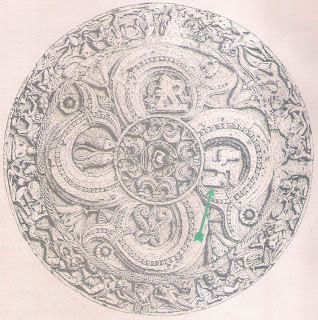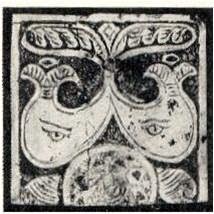Tamil Nadu Rs 570 crore confusion: Behind row, cops in lungis, trucks on move
A FEW lungis and some plain clothes may have flagged off the highway chase late on Friday night in Tamil Nadu for three trucks carrying Rs 570 crore, before they were seized. While the money eventually was claimed by the SBI as its, there are several willing to bet differently in a state where polls to two constituencies stand cancelled over “bribery” and that has seen the highest seizure of currency ever in an election. Others are asking how the SBI management could handle such a huge amount so shabbily, including allowing an escort with lungi-wearing policemen.
The Tirupur district administration has now told SBI officers that the trucks would be released only after the elections.
It all began with the RBI directing the SBI to transport RS 570 crore from its Coimbatore main branch in Tamil Nadu to the Visakhapatnam one in Andhra Pradesh about 15 days ago as currency was short in the latter.
Around 11.15 pm on May 13, the convoy left the SBI branch at Coimbatore with around 200 bundles of Rs 1,000 notes, 10,100 bundles of Rs 500 notes and 4,500 bundles of Rs 100 notes. Senior officials say they usually avoid travel at night, but that there is no written rule in this regard. Along with the three trucks carrying currency were three cars carrying 15 police officers from Andhra Pradesh, an SBI cashier from Vizag as per the norms and few workers for packaging and loading.
A senior RBI official says the trucks did follow the Standard Operating Procedure (SOP) as per its guidelines. But the problem began as the officials didn’t stop the trucks when asked to do so by an EC highway patrol team at the Chengappalli toll gate, less than an hour later.
The EC squad was in plain clothes. An SBI official says that was the first point of confusion. “Unless a police team stops us or there is an emergency situation concerning security and safety, such convoys carrying currency bundles don’t stop,” an SBI official says.
A suspicious EC squad decided to follow the convoy and detained it when it stopped for fuel a few kilometres away.
Their suspicions were strengthened when men with the truck who claimed to be police were found to be wearing lungis.
Now, more confusion set in. “The men had no answer as to why they were in lungis on duty. As we went through the documents, the name of the destination branch in Vizag named by the SBI cashier and what was in the original document had a minor difference. This led to further suspicion and all the three vehicles were detained at around 2 am on May 14,” said an EC official.
As per an RBI official, the discrepancy was due to the fact that the Vizag branch was earlier a normal branch and was recently upgraded to a Specialised Currency Administration Branch (SCAB). When the cashier claimed it was an SCAB and the document showed it as a mere branch, the EC squad alerted their higher officials about a major seizure.
SBI Chief General Manager Ramesh Babu told The Indian Express the money transportation was part of a routine transaction and had all the necessary papers, including RBI approval copies, besides a police escort.
The two joint custodians of the SBI Coimbatore main branch came to know about what had happened apparently only the next morning, around 8 am, and then rushed to submit the relevant documents to the EC squad in Tirupur, about 40 km away.
“A micro observer from the EC and income tax officials landed up at the branch to verify the documents, delaying their trip further,” an SBI official says.
With politicians asking whether a bank is allowed to transport such a large amount of money, a senior SBI official says such transportations are routine, and that the SBI chest at the Coimbatore main branch alone has a capacity to hold Rs 1,500 crore, with Rs 900 crore the average limit at any point of time.
 The trucks will remain impounded till the day of the results . (Source: Express photo)
The trucks will remain impounded till the day of the results . (Source: Express photo)


 Harappa tablet.
Harappa tablet.









 Ayagapatta, Kankali Tila, Mathura.
Ayagapatta, Kankali Tila, Mathura.

















































































 (File photo)
(File photo)











 Giriraj Singh
Giriraj Singh
























.jpg)




 The CPI went into terminal decline the moment it compromised with the Congress in 1969-1970. Illustration by C R Sasikumar.
The CPI went into terminal decline the moment it compromised with the Congress in 1969-1970. Illustration by C R Sasikumar.
Top Comment
brought shame to the nationSaranathan Lakshminarasimhan